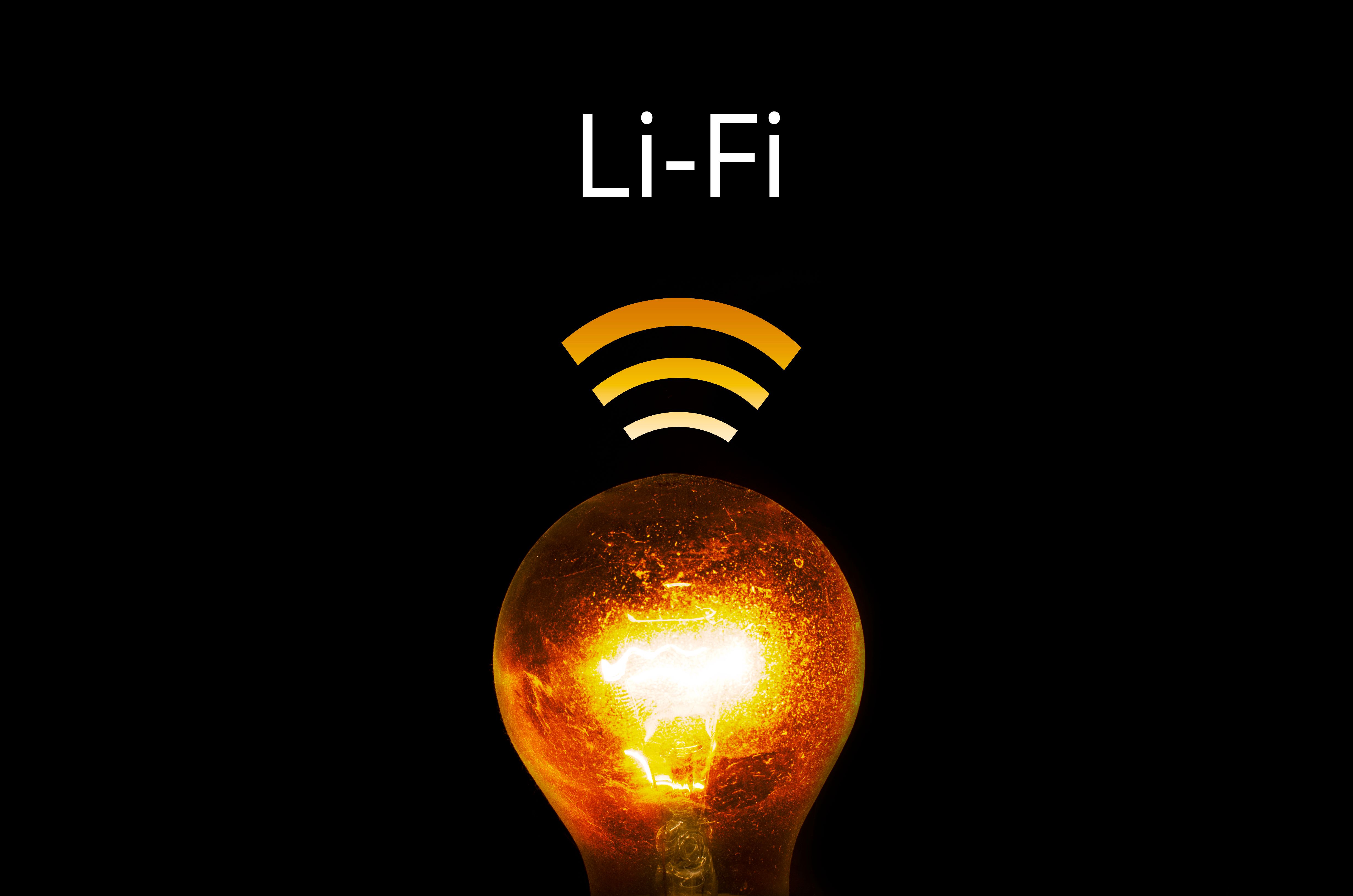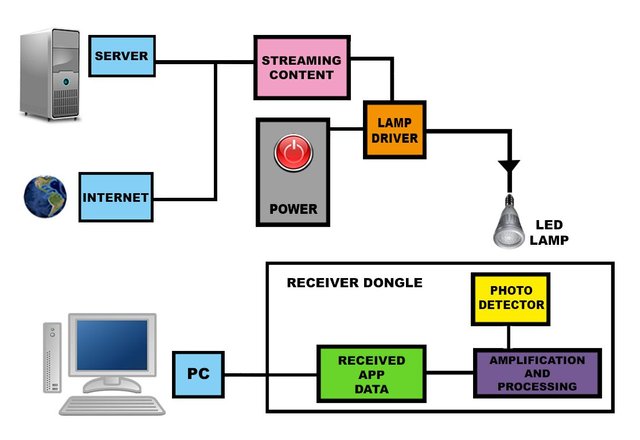LiFi Slowely Replaces WiFi and Here is why

source: Pixabay
Through a failed experiment to detect exploding mini black holes, Australian radio astronomer dr. John O'Sullivan accidentally discovered WiFi in 1992. Since then WiFi has revolutionized digital communication between our computers in an extraordinary manner. Without it our current way of life would be somewhat different. WiFi currently makes up 60% of the global internet traffic, but the system also has its flaws. The connection gets lost sometimes and its not totally secure. Yes indeed security is a big issue with WiFi because the radiowaves travel through walls and can easily be picked up by someone else. The reason for all of this is that WiFi uses radiowaves to transmit data.
Meet WiFi's Cousin LiFi
LiFi or Light Fidelity is a high speed and fully networked wireless communication technology similar to WiFi with the main diffirence that it uses light instead of radiowaves as a data transmitter. The technology has been invented by professor Harald Haas in 2011 at the university of Edinburgh. At the end of the day light is perfect because it's actually just a part of the electromagnetic spectrum like radiowaves do, but at a much higher frequency. With LiFi data can be transferred a 100 times faster than with WiFi. Light has a frequency range 10.000 times greater going up to 790 Terahertz, in comparison radiowaves have a maximum frequenty of 300 gighertz. In other words light has the capacity to transmit much more pulses of information in a much shorter timespan.

The Science Behind LiFi
An LED light fixed on the ceiling encodes data from the internet and decodes it into light. The LED light is switched on and off at a very high frequenty, this happens so fast that the human eye cannot detect the flickering. The on and off sequences are comparable to a binary code. This flickering light is then received by a receiver dongle which converts the variation of intensity into electrical signals, these signals are then converted in a binary code and send to a computer or mobil device. As mentioned previously the amount of data received by a computer or smartphone will be mindblowing as it happends 100 times faster, today's WiFi transmits information on an average of 8 Mbps. Translated to LiFi which is a 100 times faster, the speed of an internet connection climbs to staggering 800 Mbps. But it gets crazier, researchers at the university of Oxford created speeds up to 224 Gbps in lab conditions.
Early Applications
The first LiFi trials were held succesfully in Estiona in 2015 and Singapore in 2016. Cooperation between Sogeprom, Lucibel and pureLiFi made it possible for the opening of the first commercial office with LiFi connection in Paris by June 2016.
Thanks for reading,
Funcore